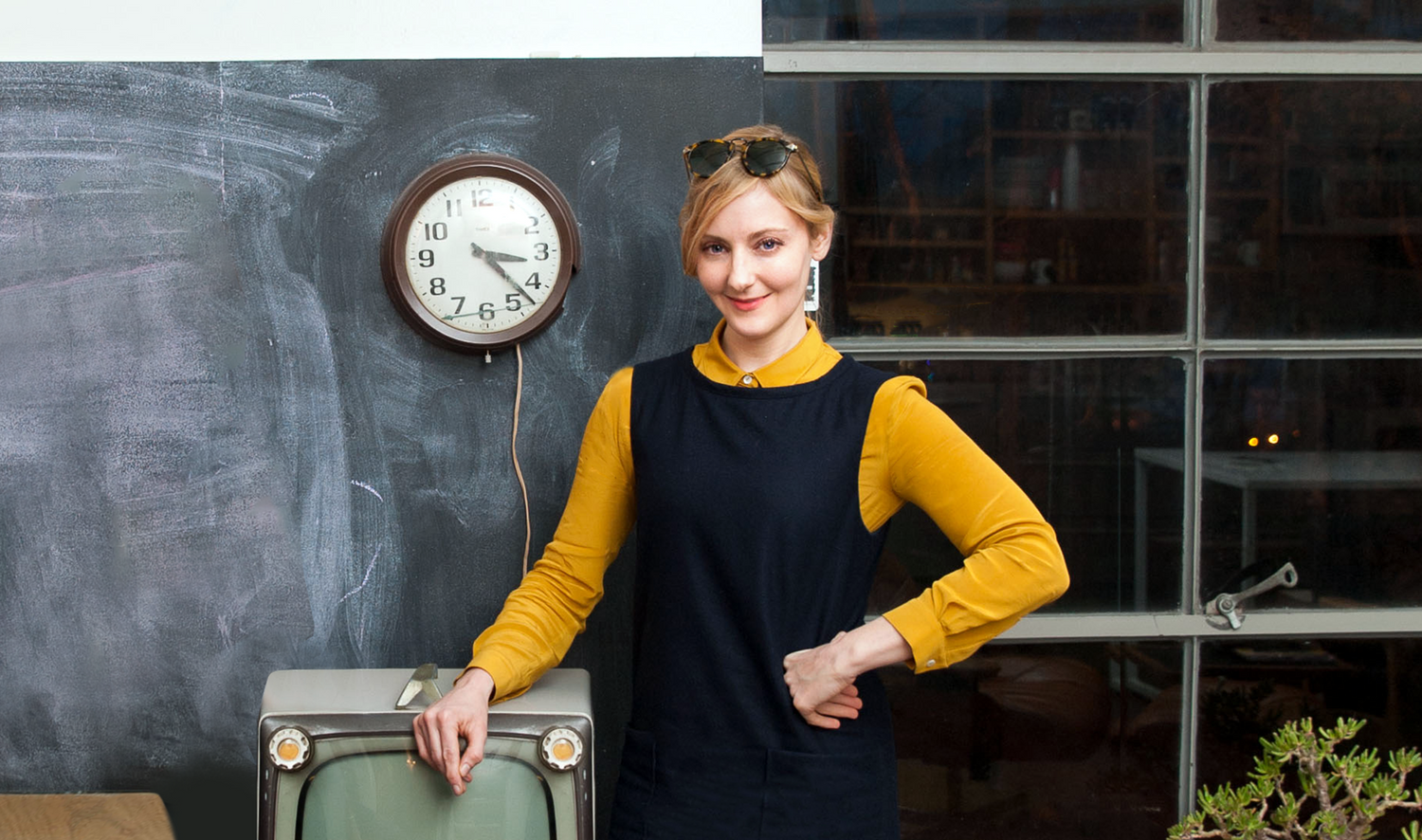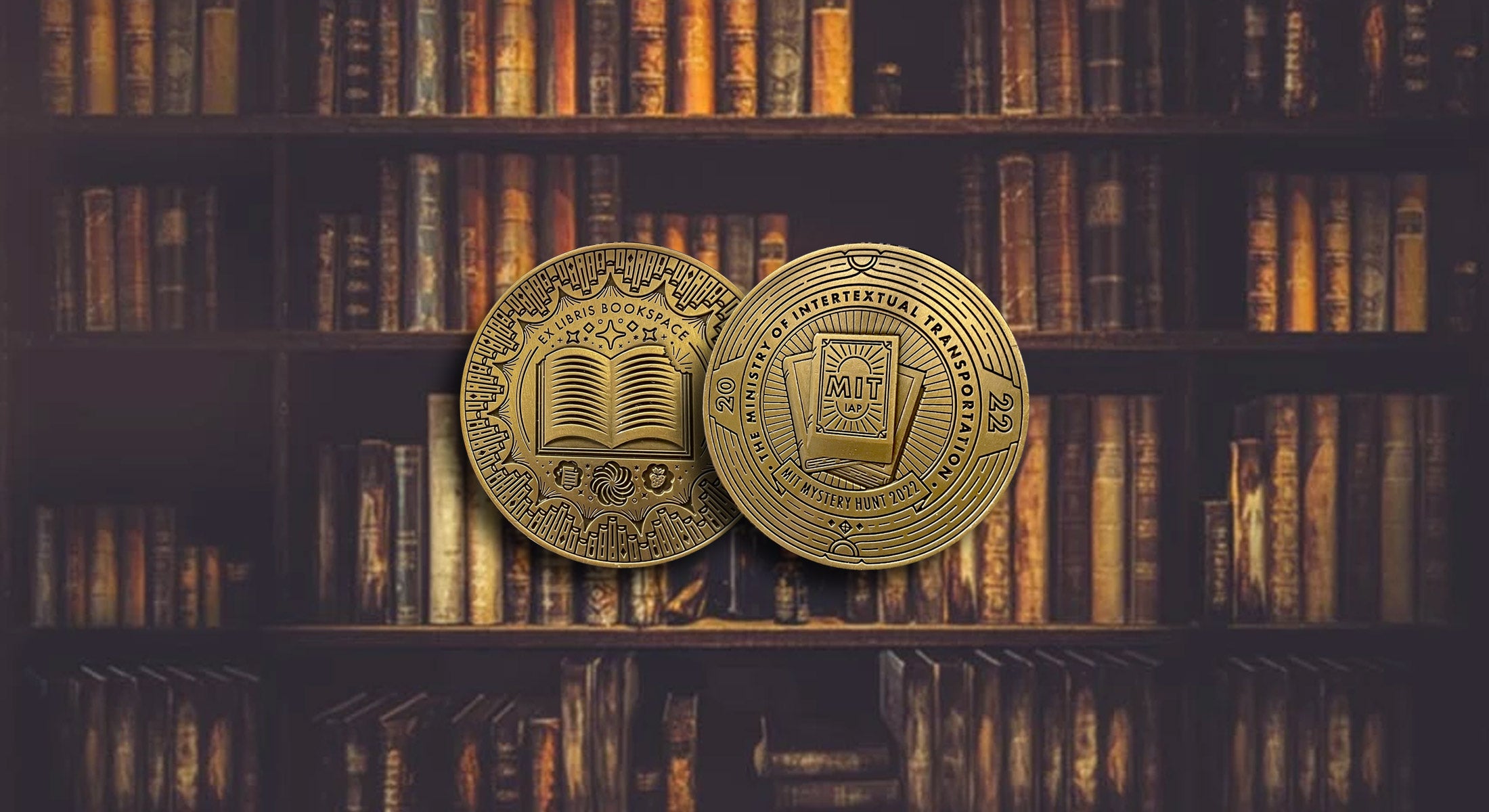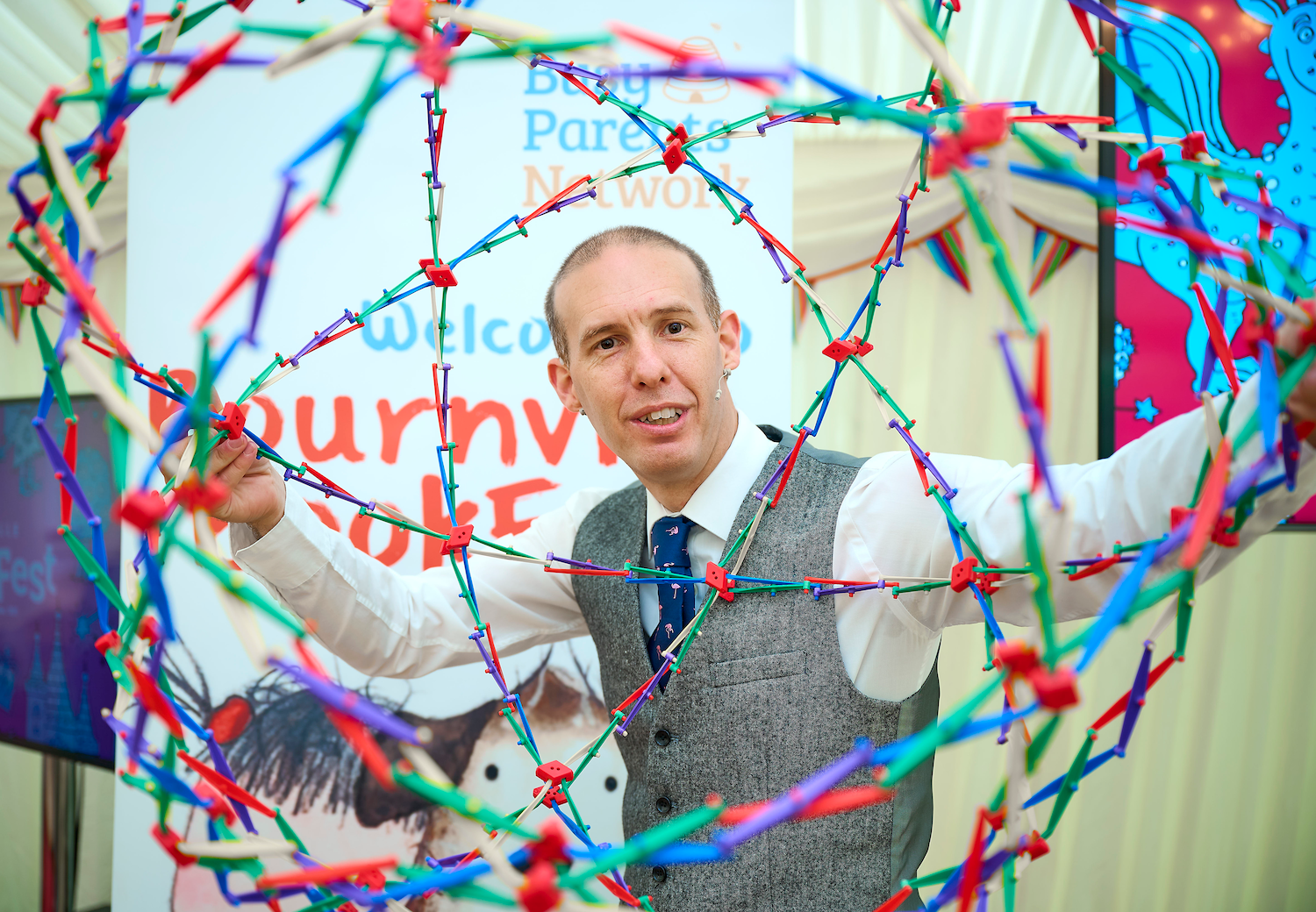For nine years now, Kelli Anderson has been trying to make a book that functions as a record player.
The idea was born from a unique design for a wedding invitation she created when some friends got married. Each invitation was a miniature book, complete with a cover, pages to turn, a stylus (in the form of a sewing needle), and a thin, vinyl record contained within. A single fold of the correct page placed the make-shift stylus onto the record and amplified the sound as it turned.
Nearly a decade later, she’s still perfecting the idea. This is typical of what Kelli does—a type of graphic design skill that typically involves recreating 20th century technologies out of paper, often in the form of pop-up books.

One of them, This Book Is A Planetarium, contains a pop-up projection of the nighttime sky, powered by the flashlight in a smartphone. The book’s title is technically a misnomer since it also includes a musical instrument, a decoder ring, a perpetual calendar, a speaker, and a spiralgraph.
Another—This Book Is A Camera—has a front cover, a back cover, and a pop-up cardboard camera in the middle. It comes with five sheets of light sensitive paper and there’s a slot in the back of the camera designed to house them, whilst the pop-up itself creates a light-proof box, save for the pinhole in the “lens.” Lifting a flap exposes the paper to the light from the pinhole, and the book provides a rough guide on how many seconds you should lift the flap for, depending on how sunny it is (although the companion app allows you to be more precise).

“It’s the most basic kind of camera,” Kelli says. “It takes pictures of modern life that ends up looking like it’s from the late 1800s because it’s the same basic technology.”
But why paper specifically? After all, there are any number of ways a designer might seek to explore analogue interactions. Isn’t paper kind of ... basic?
You can look at lettering in alphabets and see the entire history of the world.
For Kelli, that’s precisely the point. “The way the world works is really cool,” she says. “But most of our technology today is black box, and you can’t really see what’s happening. So, when you reduce these functional things down to just paper, you’re able to highlight and create an interaction between a person and the laws of physics. Questions like, ‘It’s just paper—why is this happening?’ lead you very quickly to how sound waves work or how light waves work. So, I figured out that I can make objects that facilitate those kinds of connections.”
In that case, do these analogue experiences have more value in an increasingly digital world? Kelli certainly thinks so. “We’re physical creatures that have evolved to interact with the world and think about the world in a physical way,” she says. “You hear car mechanics or engineers or artists say that they’re tinkering with something. Well, what does that mean? They have a physical thing they’re fooling with, and they’re doing all these little cause-and-effect calculations by taking their fingers and poking at it in different ways. It’s a very primal way that human beings explore the world.”
 Kelli Anderson's book-planning board in her studio.
Kelli Anderson's book-planning board in her studio.
But cameras and planetariums are merely the start of that primal exploration. Part of Kelli’s next creative endeavor includes an ABC pop-up book she’s currently working on. This next project, she explains, represents more than just an alphabet book: “It’s about how changes in technology and culture shape what type looks like.” As an example, she tells me about the pixelated fonts we associate with video games, and how they were borne from the technical restriction of the time. Now she’s hoping to leave her own mark on the story of letterforms. “You can look at lettering in alphabets,” she says, “and see the entire history of the world.”
Keep up with Kelli’s latest creations by following @kellianderson
Read the full version of the story in TANGRAM Volume One
Words by Stephen Long
Photographs by Carli Renee, Kelli Anderson & Andrew Quilty



 Sample image using the lightproof box from
Sample image using the lightproof box from 



